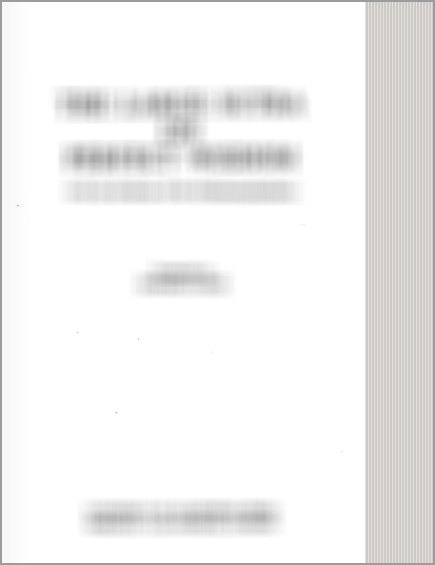Kingship in early Medieval India
by Sudip Narayan Maitra | 2015 | 67,940 words
This thesis is called: Kingship in early Medieval India: A comparative study of the Cholas and the Eastern Gangas. It represents a detailed empirical study of “kingship and polity” of two broad deltaic alluvial stretch of land on the “eastern coast”, namely ‘Mahanadi’ and ‘Kaveri’ delta. These were among the main centers of political and cultural a...
Part 9 - Issue of Succession (of the Kaveri Delta and the Cholas)
During the Chola period, kingship appears to have been hereditary, as it was as continues from Sangam age. The law of primogeniture of the eldest son to the throne was a norm. But there were departures from the usual system found in imperial Chola line. After the death of Sundara Chola, his son Rajaraja I, who was the natural heir for the throne, was not succeeded as the Chola king. Instead, his paternal uncle and son of Gandaraditya, Uttama Chola, becomes the king. In Tiruvalangadu Plates, it is described as he was requested by the subjects to occupy the throne, - prarthyama prajabhih. Rajaraja I, alias Arulmolivarman, understood the popular demand and duties of royal conduct - ksatradharmarthavedi, did not even desire any alternative in his mind–manasati.[1] The very next verse it is stated that Mdurantaka alias Uttama Chola, installed himself as the heir-apparent - abhisicya yauvarajye.[2]
Footnotes and references:
[1]:
Tiruvalangadu Plates, op. cit. v.69, p.397
[2]:
Ibid. V.70
